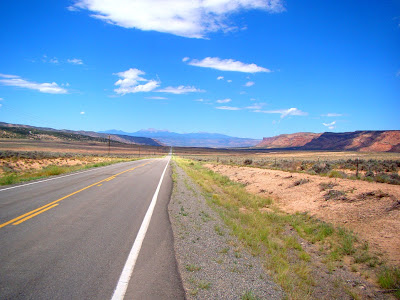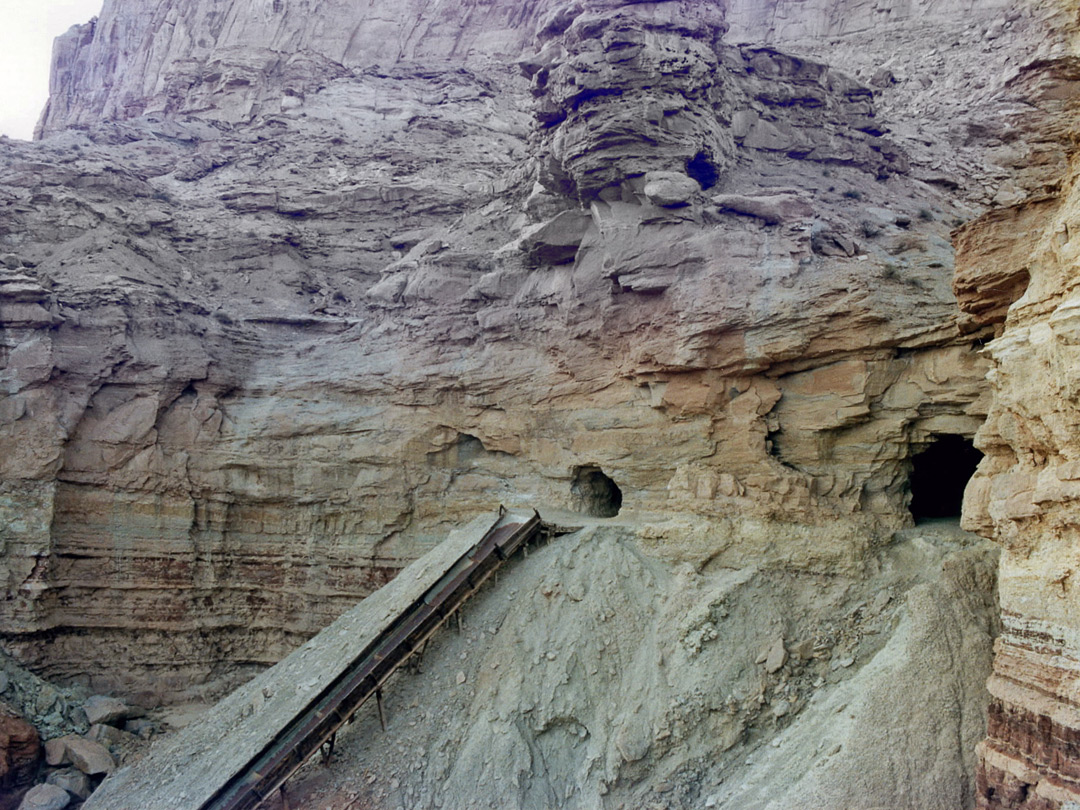4/26/13
Hello! And greetings from Montrose, Colorado!
I started my second CLM Internship two weeks ago and let me tell you, they sure know how to keep a girl busy here! Aside from my first two days of work (which involved some crappy weather – snow, rain, wind, dust, etc.) which kept me inside – learning GIS, organizing the herbarium, sitting through meetings, and a variety of other busy work – I’ve been outside in the field nearly every day. Mainly in a place they call Paradox Valley – or as my mentor says, the lawless land of the wild west.
Paradox Valley

Image from Google image search – I take no credit for this image!
From Paradox Valley, we headed up nearby Monogram Mesa and then dropped down into Bull Canyon, with the Abajo Mountains near Monticello, Utah clearly visible in the distance. Our goal was to hunt down a list of abandoned mines ready for closure and clear them for any BLM sensitive plants, a variety of which are known in the Uncompahgre Field Office. This involved some daring transverses across sketchy terrain, and while we haven’t found any plants of concern, our hard work was well rewarded by breathtaking views.
Old Mines

Imagine from Google image search.
I wish I had real pictures of some of the mines we were seeing. They are truly impressive specimens of the ingenuity of man, shafts and roads built into sheer cliffs, often without the use of machinery.
While we’ve mostly been focused on finishing up mine closures, I’ve also had an opportunity to check out some of the rare plants in the field office including:
• Eriogonum pelinophilum, Buckwheat (truly an endangered species)
• Scherocactus glaucus, Hookless Cactus (a threatened species)
• Lomatium concinnum, Desert Parsely
• Astragalus naturitensis, Naturita Milkvetch
• Astragalus sesquiflorus, Sandstone/San Rafele Milkvetch
My mentor, Ken, is an excellent botanist, and though I’m fairly familiar with the flora in the area (I went to college just about an hour down the road) I am amazed and humbled and excited by how much I’m already learning from Ken and how much I’m going to learn from him throughout my time here.
I’ll end this post with a picture of the beautiful and elusive Naturita Milkvetch and a big thank you to the Chicago Botanic Garden for the opportunity for another internship!
Naturita Milkvetch

Image from Google image search.
Brandee Wills
Montrose, CO








